Can Tho: Setting up a farm to raise 100,000 eels using water circulation technology, Nguyen Thanh Tan, 32 years old, harvests 15-20 tons per year, earning a profit of 500-600 million VND.
In early October, Tan was busy taking care of and checking the oxygen level, pH level, and temperature at the eel farm, which consists of 24 tanks with 100,000 fish from the time of stocking to harvest (12 months) in the suburbs of Binh Thuy district. This is a clean eel farm according to VietGAP standards, with technology transferred from the School of Aquaculture, Can Tho University, under the sponsorship of JICA (Japan).
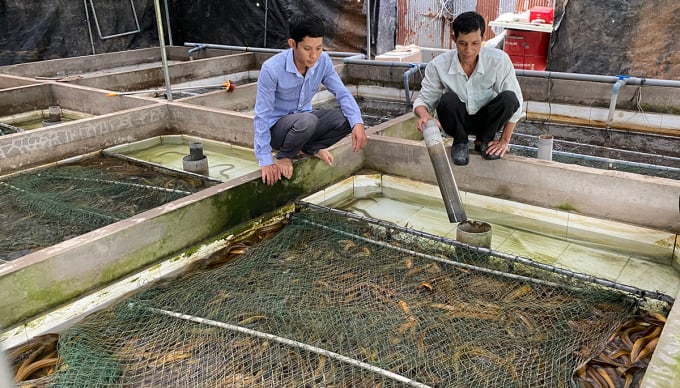
Nguyen Thanh Tan (left) and his father at his family's eel farm. Photo: An Binh
Tan said that 13 years ago he started his business raising eels. However, due to lack of experience and high loss rate, he failed many times. "The fry bought from eels caught by people using electric shock or chemicals are very weak. In addition, the wild habits of eels are very high, making it difficult to raise, leading to losses," Tan said.
Not giving up, Tan determined to enter the Faculty of Aquaculture (now the School of Aquaculture, Can Tho University) and began to learn more about the eel farming process. During the learning process, with the support of teachers, the young man researched how to successfully reproduce eels. "When you take the initiative in the source of breeds, the success rate is very high," he said, adding that since graduating in 2014, he has gradually expanded the scale of eel farming.
Initially, eels were raised using traditional methods. With this method, the investment cost is low, the stocking density is high (about 500 fish per m2), but the water must be changed many times a day, the environment in the tank is unstable, it takes a lot of care, and the loss rate is still high. In 2018, with the support of Can Tho University, Tan switched to applying the water circulation eel farming process, with a density of nearly 400 fish per m2, meeting VietGAP standards.
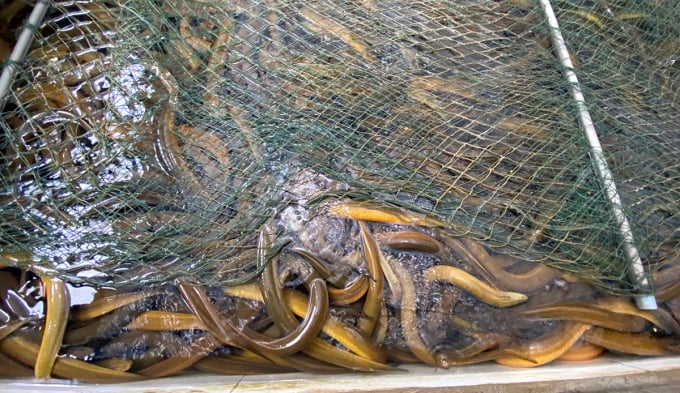
Commercial eel tank ready for harvest. Photo: An Binh
With this model, the breeding tank is designed to connect to a water circulation system including a biological filter tank, a solid waste settling tank and a water tank. Inside, the substrate is a black nylon rope tied into a bunch for the eel to take shelter. When the eel grows up, the substrate is replaced with a cover net... The eel's food is mainly industrial food, with a protein content of 43%.
According to Tan, the initial investment cost for the water circulation process is about 40 million VND for the entire farm. These devices can be used for a long time and bring great benefits. Wastewater after going through the microbiological treatment system can be reused, helping to save water and contribute to environmental protection.
"The water environment in each pond is controlled, with little disturbance, so the farmed eels are less shocked, develop stably, and have a low loss rate," Tan said, adding that the new model helps reduce labor costs by 2-3 times compared to traditional farming methods.
Another benefit is that recirculating water eel farming uses very little antibiotics and chemicals. Therefore, the product has better quality, is safer, and sells for 5,000-10,000 VND per kg higher than traditional farming. Currently, on average, Tan's farm sells 4-5 times a year, each time 4-5 tons of commercial eel at 80,000-110,000 VND per kg (depending on size and time). After deducting costs, the profit is 500-600 million VND per year.
Nguyen Thanh Tan's eel farm. Video : An Binh
Dr. Dao Minh Hai, Lecturer at the School of Aquaculture, said that the clean eel farming process has been tested at the unit's farm in Cai Rang district and the first pilot was at Tan's farm. "Up to now, it can be affirmed that Tan's application of this new technology farming technique is very effective, suitable for the actual conditions in the West," said Dr. Hai.
During a recent survey of JICA-funded projects at Can Tho University, Mr. Tanaka Yuji (Chief Advisor) said that after the clean eel farming process using water circulation technology is evaluated as successful, this model will be replicated for people to apply to produce clean, high-quality products.
"In addition to the domestic market, eels raised using clean processes can meet the requirements for supplying Japanese restaurants, helping eel farmers in the West earn higher income...", said Mr. Tanaka Yuji.
An Binh
Source link


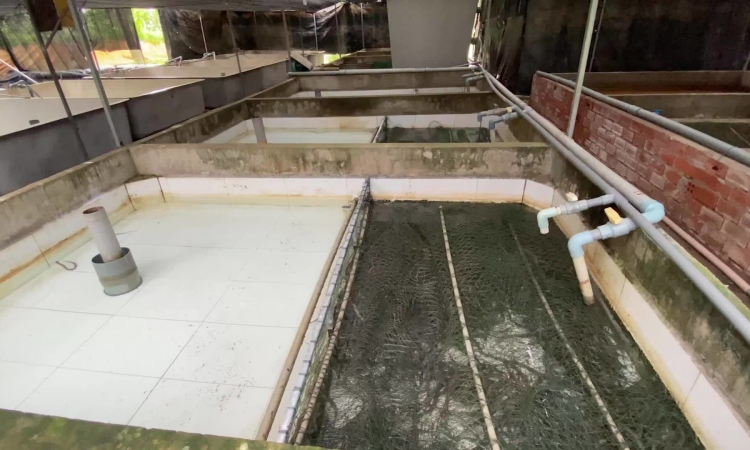
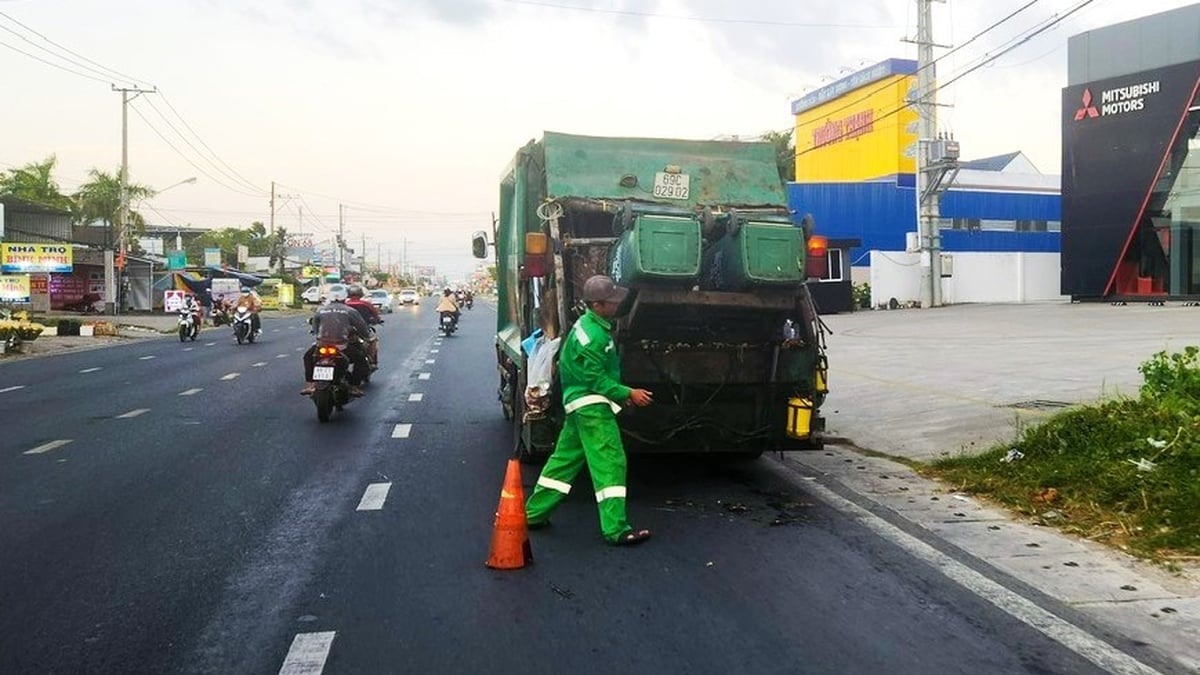
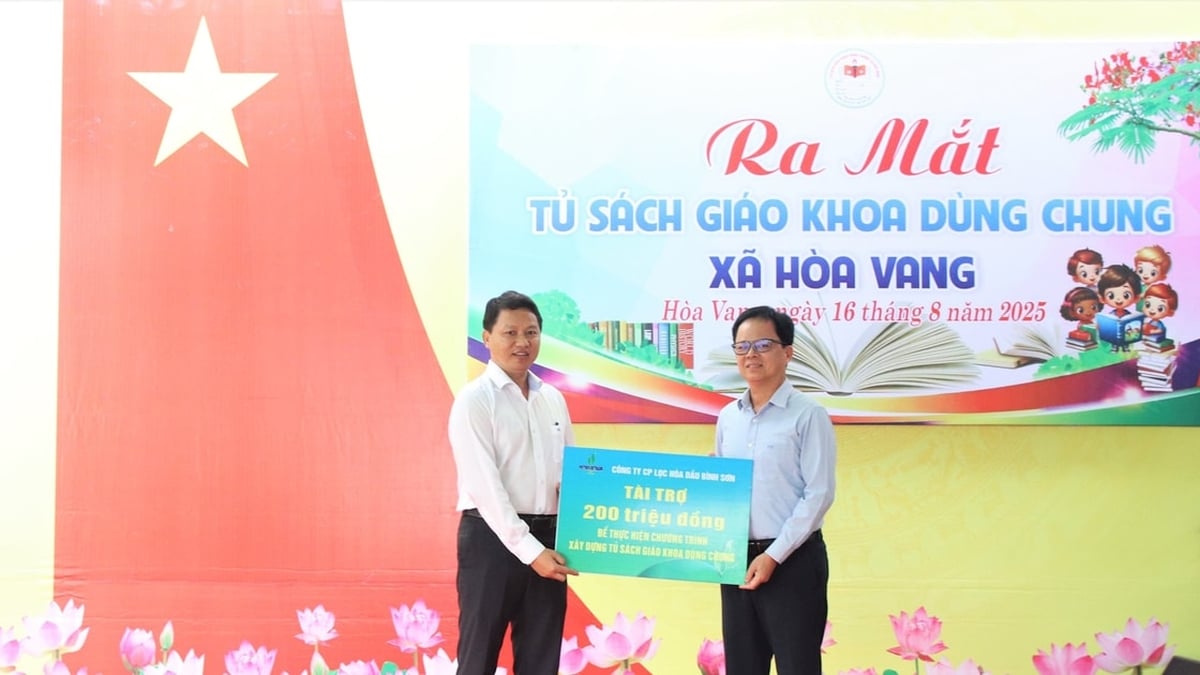
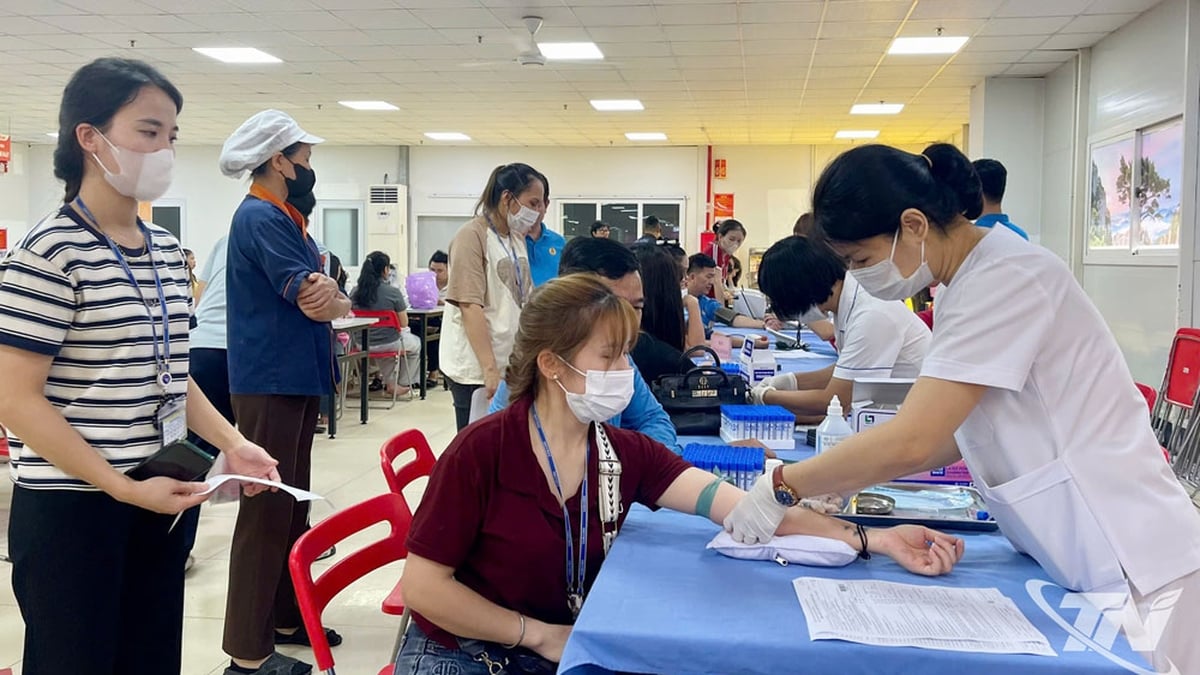


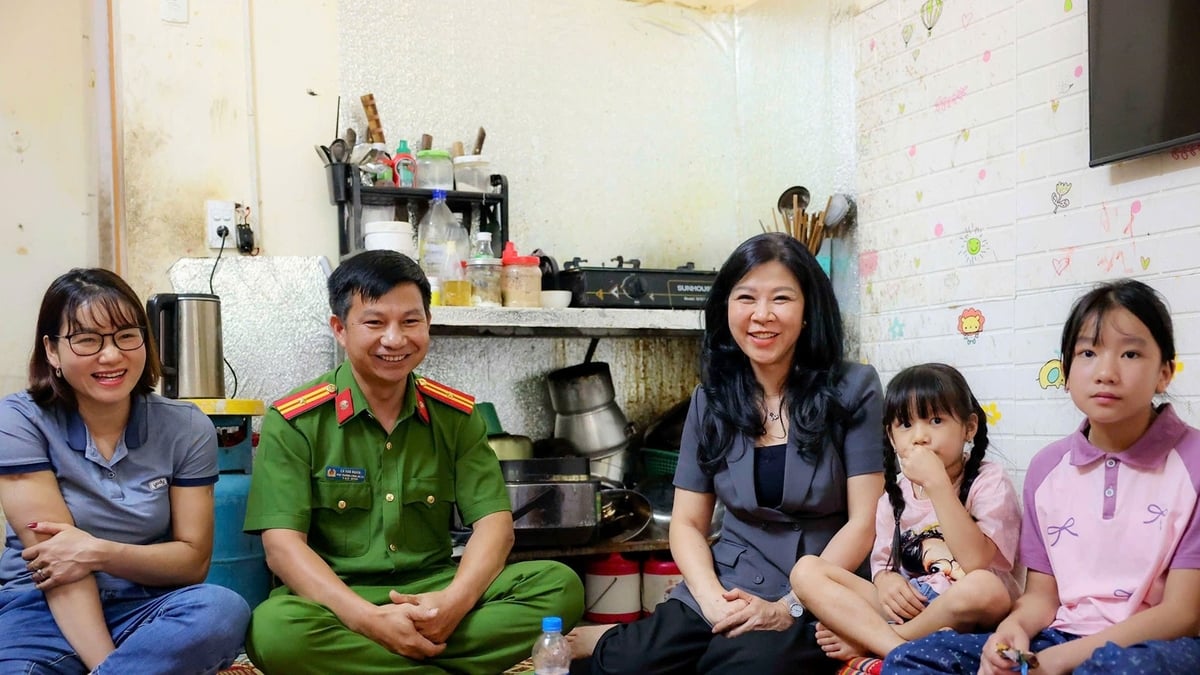
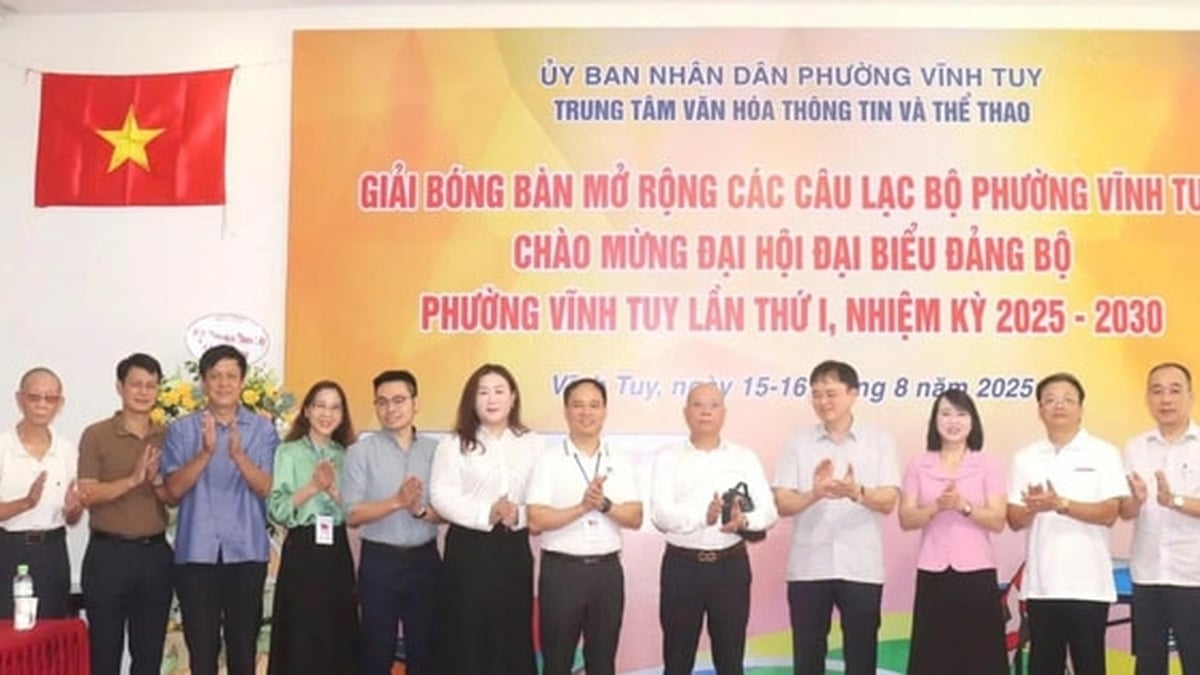

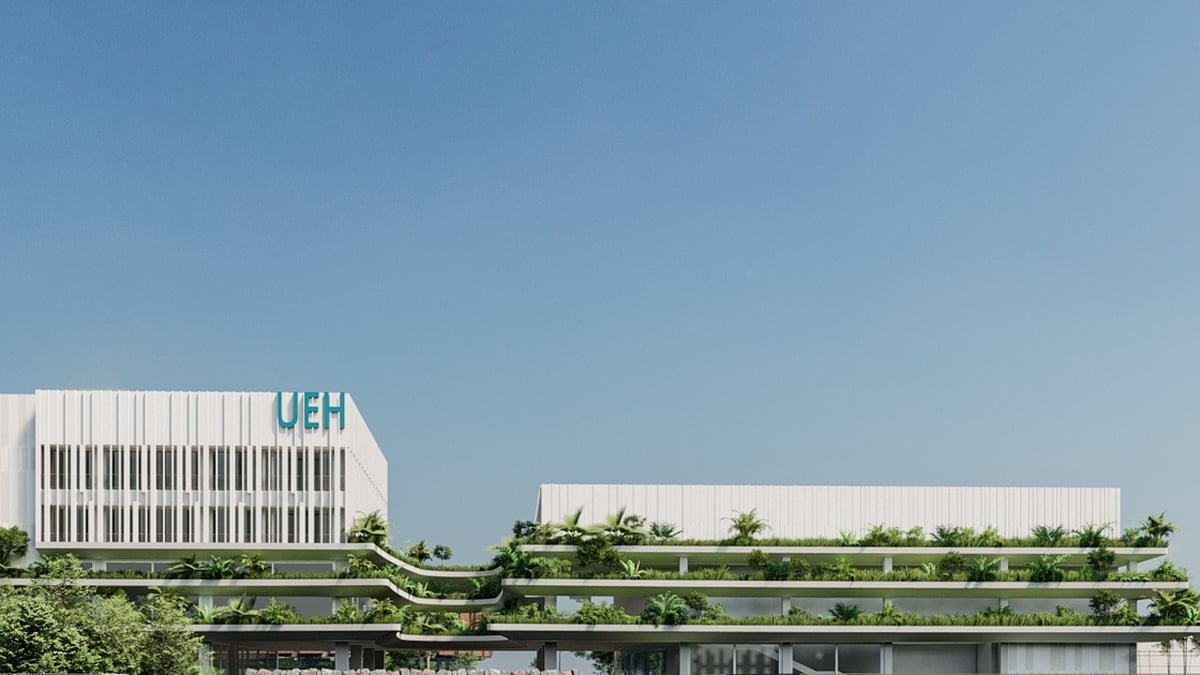
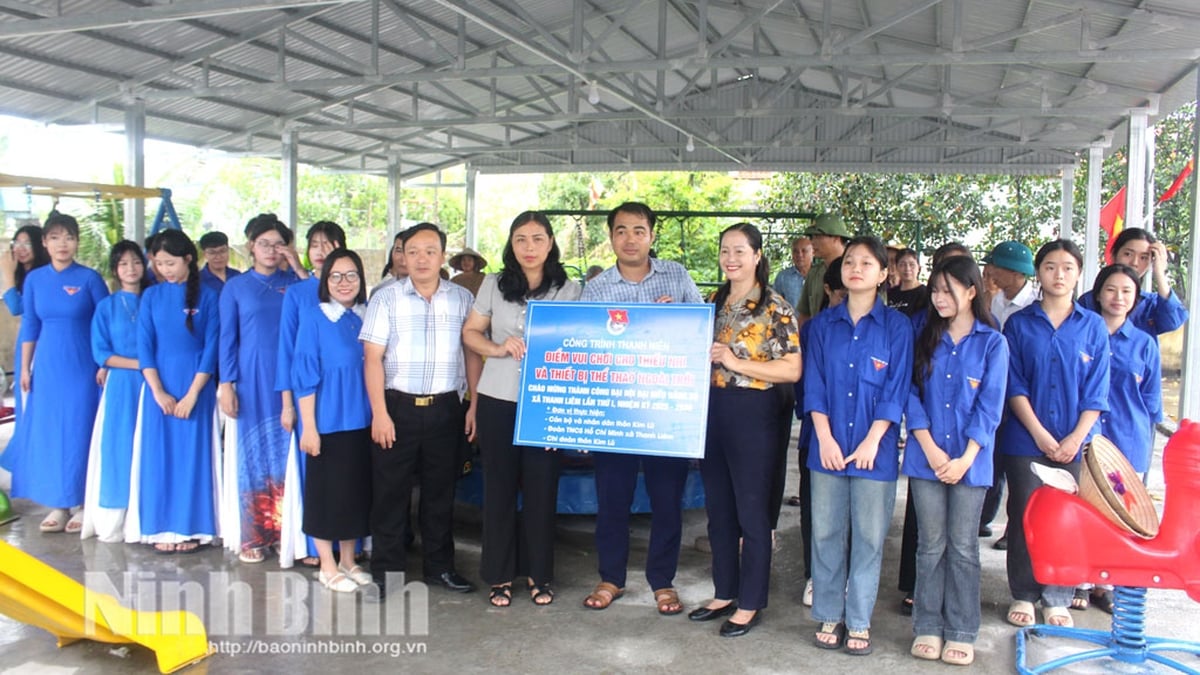

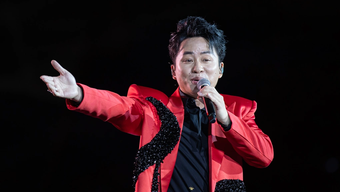
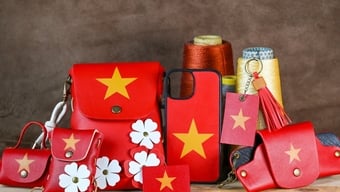








![[Photo] General Secretary attends the inauguration ceremony of the Ministry of Public Security Headquarters](https://vphoto.vietnam.vn/thumb/1200x675/vietnam/resource/IMAGE/2025/8/16/3ceec3a24ef945c18ae2b523563b749d)
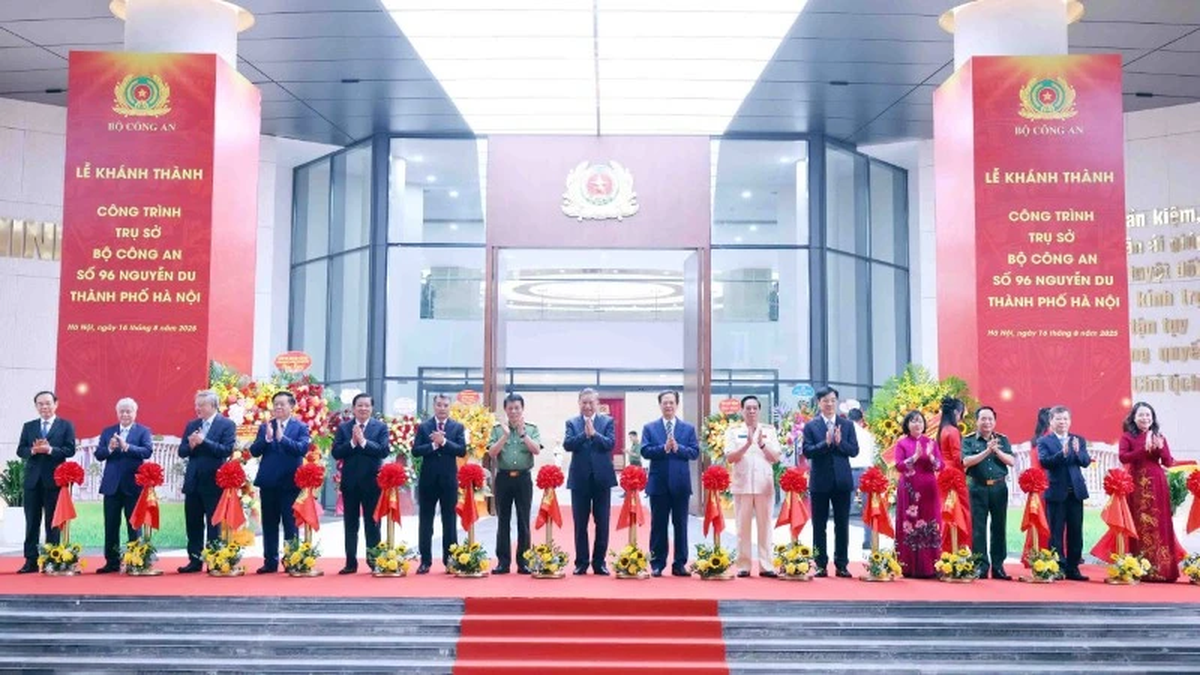

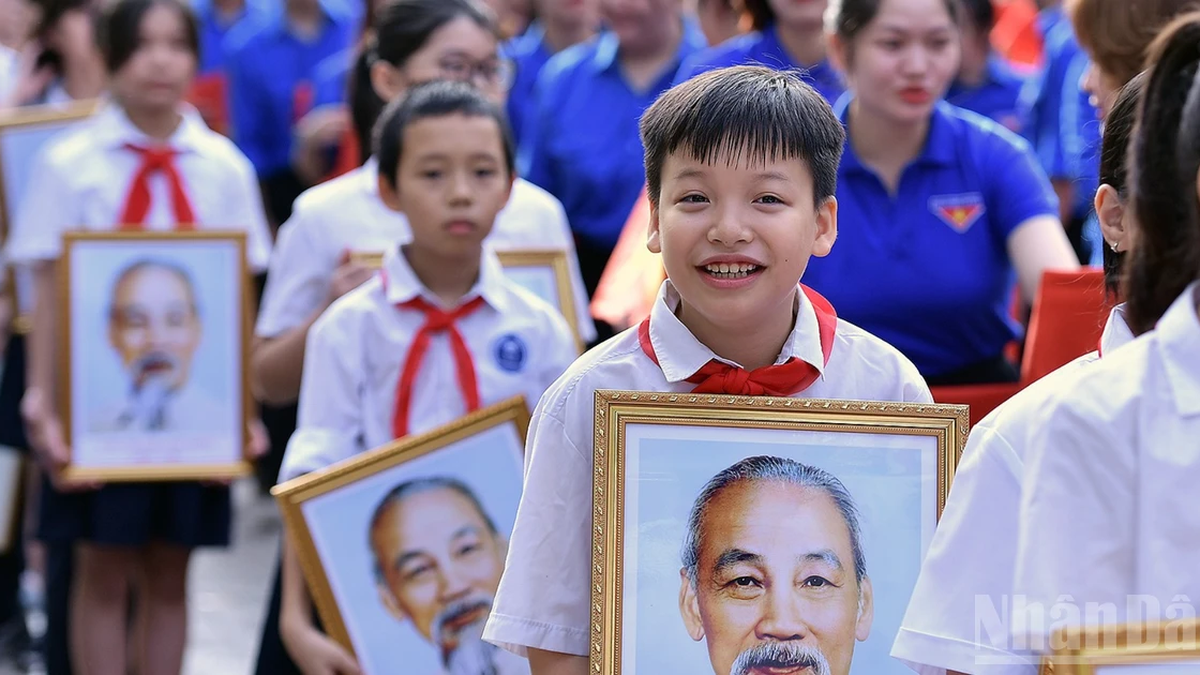
![[Photo] “Moving forward with Vietnam” on the most romantic road in Vietnam](https://vphoto.vietnam.vn/thumb/1200x675/vietnam/resource/IMAGE/2025/8/16/0ee500bc59fd4468863261ee26f47fe7)
![[Photo] Prime Minister Pham Minh Chinh talks on the phone with Cambodian Prime Minister Hun Manet](https://vphoto.vietnam.vn/thumb/1200x675/vietnam/resource/IMAGE/2025/8/15/72d3838db8154bafabdadc0a5165677f)
![[Photo] Red and yellow stars at the launching ceremony of the program "Moving Forward with Vietnam"](https://vphoto.vietnam.vn/thumb/1200x675/vietnam/resource/IMAGE/2025/8/16/076df6ed0eb345cfa3d1cd1d7591a66f)
![[Photo] Prime Minister Pham Minh Chinh attends a special art program called "Hanoi - From the historic autumn of 1945"](https://vphoto.vietnam.vn/thumb/1200x675/vietnam/resource/IMAGE/2025/8/15/c1c42655275c40d1be461fee0fd132f3)
![[Photo] National Assembly Chairman Tran Thanh Man attends the inauguration ceremony of President Ton Duc Thang Memorial House](https://vphoto.vietnam.vn/thumb/1200x675/vietnam/resource/IMAGE/2025/8/16/23555950872d428a8708a1e2f94cbf59)
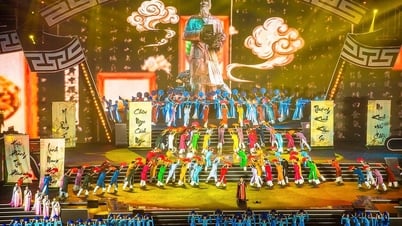

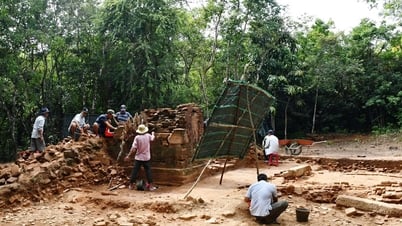





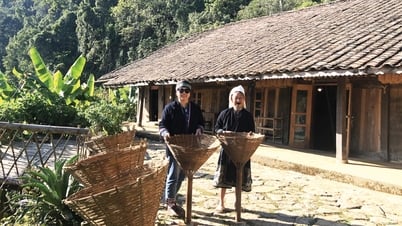



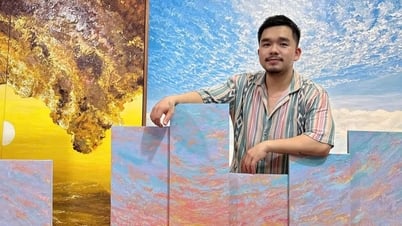
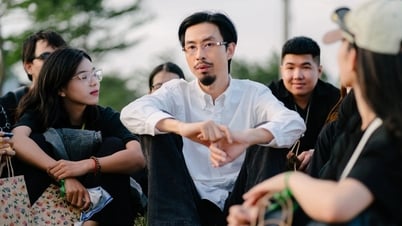

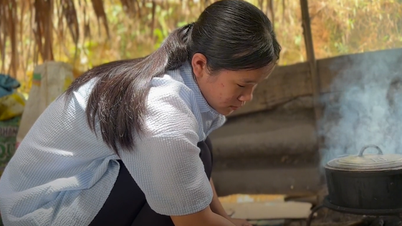





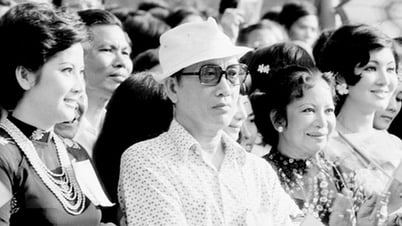
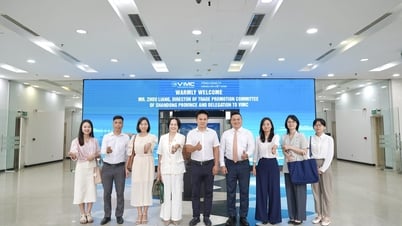

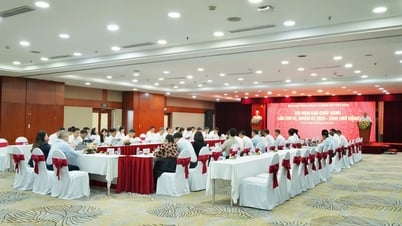


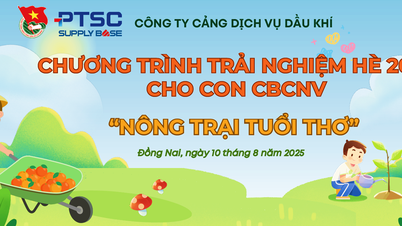

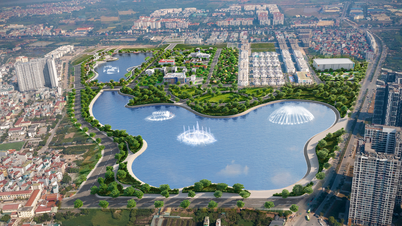
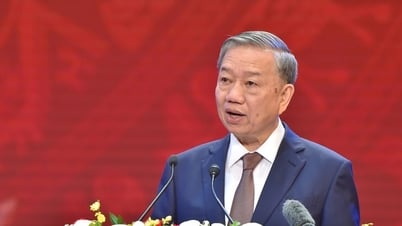

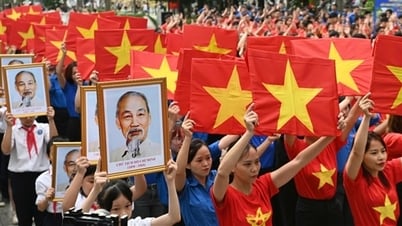



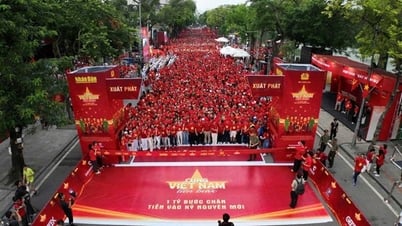

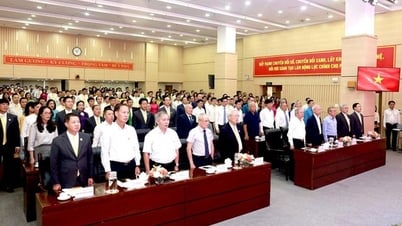

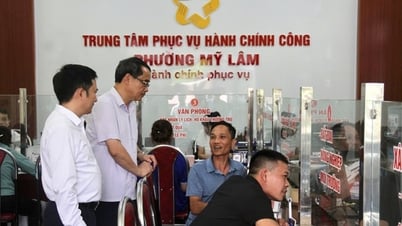


























Comment (0)